Abaft - Toward the stern
Abeam - To the side of the vessel
Astern - Toward the stern
Beam - Width of the boat at the widest point.
Bearing - Direction of an object from the observer.
Berth - 1. Bed on board a boat. 2. A position where the vessel is made fast to a dock.
Bilge - Lowest portion of a vessel inside the hull.
Bollard - Large strong fitting on dock, usually iron, used to fasten mooring lines.
Bow - Forward section of the boat.
Breakwater - Structure built usually of rocks to create a protective barrier wall from heavy seas.
Bulkhead - A vertical wall in the hull.
Burgee - Small flag to indicate the identity of a club or organization
Cast Off - Remove all lines from a vessel in preparation of departure
Channel - Navigable portion of a waterway usually marked with buoys.
Chart - Detailed map of the waterway including land and buoys
Chine - The intersection of where the topsides and the bottom of the hull meet.
Chock - U-shaped fitting on the deck to position a mooring line.
Cleat - Fitting to which mooring lines are tied.
Course - Direction vessel is to be steered.
Deadrise - The angle formed by a horizontal line at the keel and the angle of the bottom of the boat as it rises upward from horizontal.
Deviation - Compass error from pointing to magnetic north.
Dolphin - Small group of piles sticking out of the water fastened together for strength.
Draft - The vertical distance from the water line to the lowest part of the boat.
Ease - Let out line slowly while in control of it.
Ebb - Outgoing (toward the sea) flow of tidal current.
Fathom - Linear measurement of 6 feet.
Forward - Toward the front or bow of the vessel.
Freeboard - The vertical distance between the waterline and the top of the deck
Galley - Kitchen on the vessel.
Ground Swells - Waves that become shorter and steeper as they approach shore or shallow water.
Ground Tackle - Rode (chain and/or line), anchor and shackles (Anchor and gear).
Gunwale - Pronounced Gun-el. The upper edge of the side of the boat.
Head - The toilet on board the vessel.
Helm - Steering gear, i.e., wheel or tiller.
Hull - Test
Keel - Main structural member beneath the hull to provide steering stability and reduce leeway.
Knot - 1. General term for a hitch or bend in a line. 2. One nautical mile per hour.
Leeway - Sideways drift of a boat caused by wind or current.
Length Overall (LOA) - Length from the tip of the bow to the end of the stern not including anything bolted to the hull.
Line - Rope used on board a vessel.
MAYDAY - Radio distress call.
